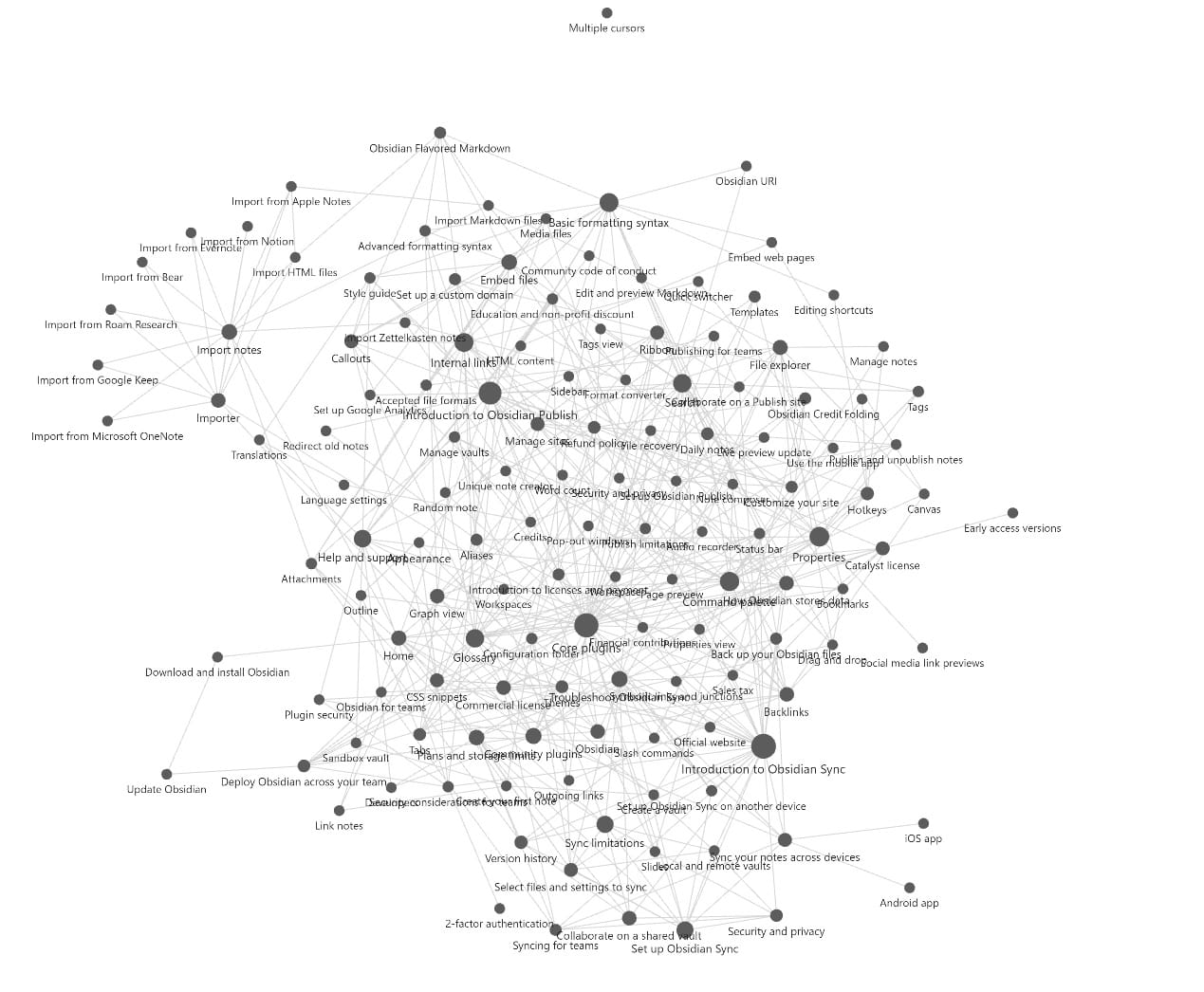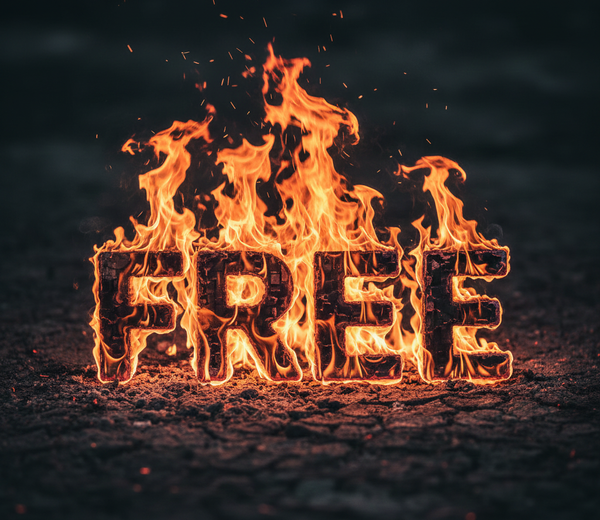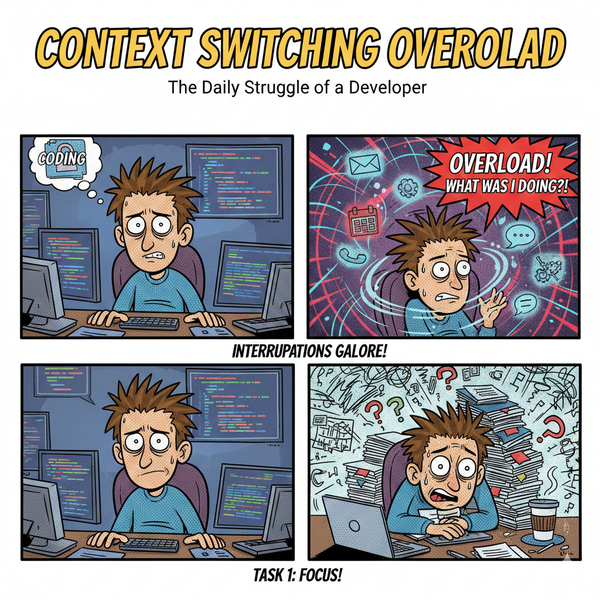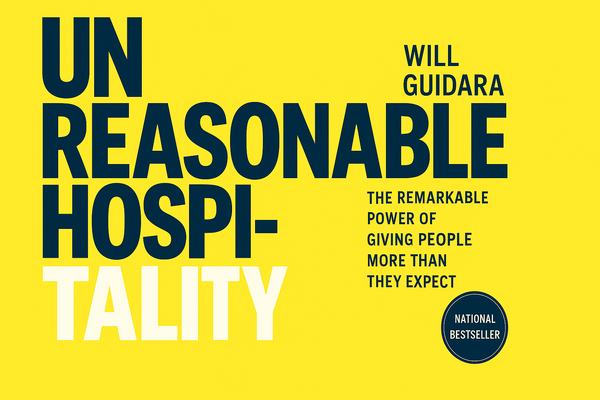How to Improve Note-Taking in Obsidian: Creating Great Readable Content
Boost your Obsidian note-taking with these expert tips on improving readability, organizing ideas through links and tags, and using visual aids like diagrams. Optimize your notes for better clarity and retention with concise writing and regular update

Note-taking is an essential skill for knowledge workers, students, researchers, and anyone looking to organize their thoughts and ideas effectively. Obsidian is a powerful knowledge management tool that takes note-taking to a new level by allowing users to connect ideas, build networks of information, and develop personal knowledge bases.
“The discipline of writing something down is the first step toward making it happen.” ~ Lee Iacocca
However, it's important to focus on improving note-taking within Obsidian to ensure that the content you create is not only organized but also clear, readable, and effective. In this blog post, we'll explore several tips and strategies for creating great, readable content while leveraging Obsidian's features and making Obsidian your supercharged second brain.
I firmly believe that Obsidian Notes helps map your thoughts into an app. However, using Obsidian templates and the tips below to help create structured and readable notes will pay dividends when you have thousands of notes.
The Importance of Readable Notes
Readable notes are not just about aesthetics. They ensure that your ideas and insights are easily digestible when you revisit them in the future. This is particularly important in apps like Obsidian, where information is linked in intricate webs. Well-structured and readable notes help you:
- Retrieve information quickly
- Make connections between ideas more effectively
- Retain information for longer
- Reduce cognitive load when reviewing notes
Focusing on readability ensures that your notes remain useful long after they’ve been written. The following strategies will help you achieve this inside Obsidian.
1. Embrace Markdown Formatting for Structure
Obsidian uses Markdown, a lightweight markup language that provides an easy way to format text. Markdown is key to making your notes readable and well-structured without the clutter of a traditional word processor.
Save the Obsidian Markdown Cheatsheet for future reference.
Use Headers and Subheaders for Hierarchical Structure
Markdown allows you to create headers using the # symbol easily. Create subheaders by adding more # symbols (e.g., ##, ###), which helps to create a hierarchy of ideas within your notes.
- H1 Header:
# Header - H2 Subheader:
## Subheader - H3 Subheader:
### Subheader
Use headers and subheaders to break down complex topics into smaller sections. This makes it easier to scan your notes later and enhances the clarity of your content.
Lists for Clarity
Bulleted or numbered lists are perfect for organizing key points and related ideas without the bulk of full paragraphs. In Markdown, you can create bulleted lists with - or * and numbered lists with 1.. Here’s an example:
- Key idea 1
- Key idea 2
- Sub-idea
- Sub-idea
- Key idea 3
Lists can also help you emphasize actionable items or create clear steps in your thought process, leading to more organized and reader-friendly notes.
2. Leverage Links and Backlinks
One of Obsidian’s core features is linking notes to enhance together via internal links and backlinks. This is powerful for building interconnected ideas, but links are also important to improve readability.

Use Descriptive Links
When creating links between notes, make sure the text used for the link is descriptive of the content. Instead of just linking a random word, create meaningful links that give context.
For example:
- Not great: “Here’s more information on this.”
- Better: “Here’s more information on Zettelkasten methodology.”
Descriptive links help you remember the linked note's content and provide context when reading through your notes later. They make your notes more informative and less ambiguous.
Integrate Backlinks Thoughtfully
Backlinks are another feature that connects your notes in the background. When used correctly, they can enhance readability by showing relationships between ideas. At the end of a note, you can include a "Related Notes" section that includes backlinks to other relevant notes, helping you navigate your knowledge graph easily.
Create “Hub” Notes
Consider creating "hub" notes summarizing larger themes or topics and linking to related notes. Hub notes provide a central place to explore related information and can serve as an overview of a specific area of interest.
3. Use Tags for Categorization
Tags in Obsidian help categorize your notes into broad themes or subjects. Tags are another way to structure your knowledge base, allowing you to filter and find related notes on specific topics quickly.
Best Practices for Tagging
To maintain readability and avoid confusion:
- Keep tags simple and consistent. Instead of using multiple tags for the same concept (
#productivity,#work_efficiency), stick to one (#productivity). - Use tags for themes, not specifics. Tags are best for grouping broad themes like
#philosophy,#psychology, or#project_management. Avoid tagging every little detail, which can become overwhelming.
By tagging appropriately, you’ll be able to easily find clusters of notes, improving the organization of your ideas and making your notes more accessible.
4. Write Concisely but with Depth
One of the biggest challenges in note-taking is finding a balance between brevity and depth. To ensure readability:
Write in Short Paragraphs
Keep your paragraphs short and to the point. Long blocks of text can be intimidating and difficult to scan when reviewing notes later. Stick to one main idea per paragraph and separate related but distinct thoughts.
Bullet Points and Highlights
Use bullet points to break down complex ideas into simpler components whenever possible. Highlight key points with bold text or italics to highlight important concepts. This helps scan notes for relevant information and provides a more digestible format.
For example:
- Key Insight: Understanding cognitive load can improve study efficiency.
- Practical Tip: Limit your study sessions to 30-45 minutes for better focus.
Expand Where Necessary
While brevity is important, don’t hesitate to dive deep into a concept when needed. Use Obsidian's linking feature to create a separate note for more detailed exploration and link back to the main note. This way, your notes remain concise without sacrificing depth.
5. Use Visual Elements like Diagrams and Embeds
Text is not the only medium available for note-taking in Obsidian. Visuals such as diagrams, tables, and embeds can make your notes more engaging and easier to understand.

Create Mind Maps and Graphs
Obsidian has a built-in graph view that visualizes the connections between notes. Using plugins like Mermaid.js, which Obsidian supports natively, you can also create diagrams within notes.
For example:
graph TD;
A-->B;
A-->C;
B-->D;
C-->D;

Embed Images and Files
Don't hesitate to embed images or other files directly into your notes if your notes involve complex concepts or ideas that benefit from visual representation. This breaks up the text and adds a layer of clarity.
6. Keep Notes Updated and Refined
A key part of maintaining readable notes is keeping them updated. Obsidian's dynamic system of links and connections allows you to refine and improve your notes over time.
Regularly Review Your Notes
Revisit older notes to ensure that they are still relevant and well-organized. Update any outdated information, clarify points that may be unclear, and add new insights from recent readings or experiences.
Refactor Notes
As your knowledge grows, specific notes may become too cluttered or complex. Refactor these notes by splitting them into smaller, more focused pieces or by consolidating overlapping content. This ensures that your knowledge base remains efficient and easy to navigate.
7. Utilize Plugins for Enhanced Functionality
Obsidian has a vibrant community of developers who have created plugins to extend the app's functionality. Some plugins are specifically designed to improve readability and organization.
Recommended Plugins for Readable Notes
- Outliner: This plugin enhances your ability to create outlines, making it easier to structure your notes hierarchically.
- Tag Wrangler: Organize and manage your tags more effectively with this plugin, ensuring that your tags remain useful and consistent.
- Advanced Tablesfunctional, clear,: Create complex tables with better formatting options, improving the readability of data-heavy notes.
Check out my previous post about the Top 5 Best Obsidian ChatGPT plugins.
Conclusion
Obsidian is a powerful tool for note-taking and knowledge management, but creating great readable content requires intentional effort. By structuring your notes with Markdown, leveraging links and backlinks, using tags effectively, writing concisely yet deeply, integrating visual elements, and keeping your notes up-to-date, you can vastly improve the readability and utility of your notes.
Obsidian offers the flexibility and features to create a personal knowledge base that is functional, clear, and easy to navigate. Implementing the strategies outlined in this post will help you make the most of your note-taking experience, ensuring that your notes remain valuable resources for years to come.
FAQ Section: Improving Note-Taking in Obsidian
How can I enhance the readability of my notes in Obsidian?
To improve readability, use Markdown for formatting. Employ headers, subheaders, and lists to structure ideas. Break down complex topics into smaller, digestible sections and highlight key points.
What are the best ways to organize notes using Obsidian’s features?
Leverage links, backlinks, and hub notes to create interconnected ideas. Tags also help categorize and filter your notes effectively, making retrieval easier.
Why is concise writing important in Obsidian note-taking?
Concise writing keeps notes easier to scan and review. Short paragraphs and bullet points make it easier to find key information.
How can visual elements improve note-taking in Obsidian?
Incorporating diagrams, tables, and embedded images helps clarify complex ideas and makes notes more engaging.
How often should I update my notes in Obsidian?
Regularly review and refine notes, ensuring they stay relevant. Split cluttered notes into smaller ones for better organization.
Follow me
If you liked this article, Follow Me on Twitter to stay updated!



